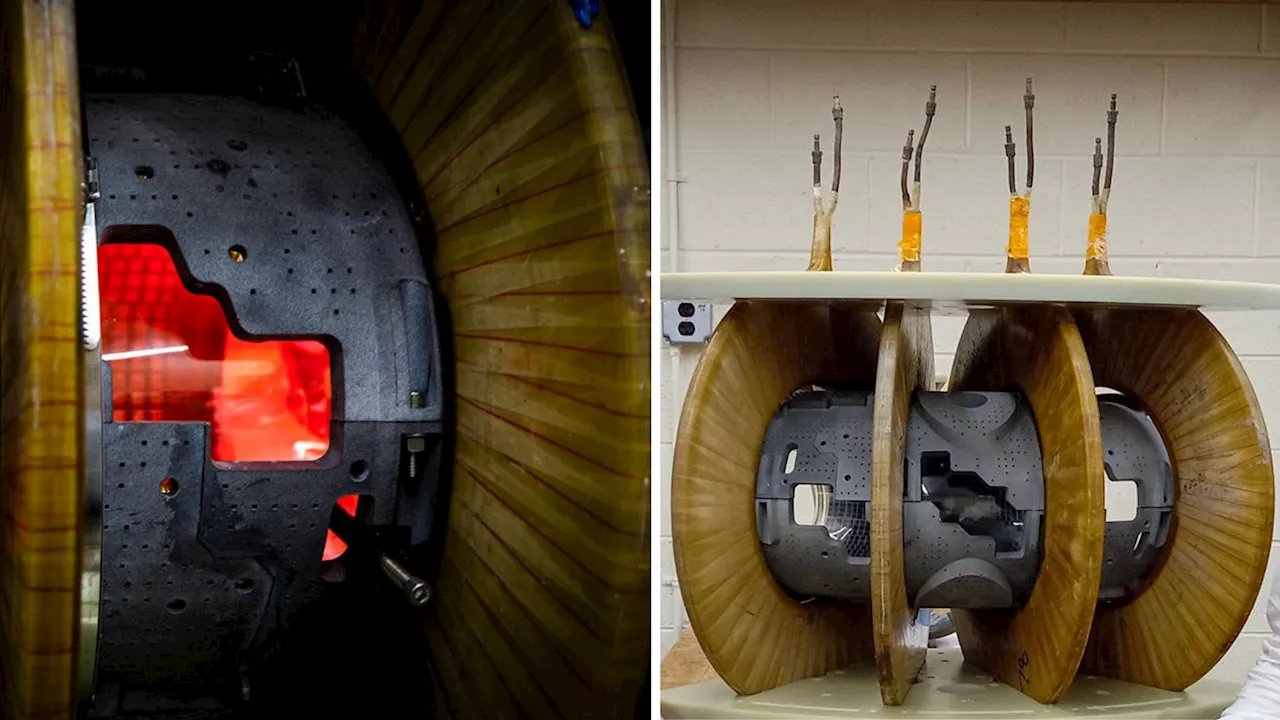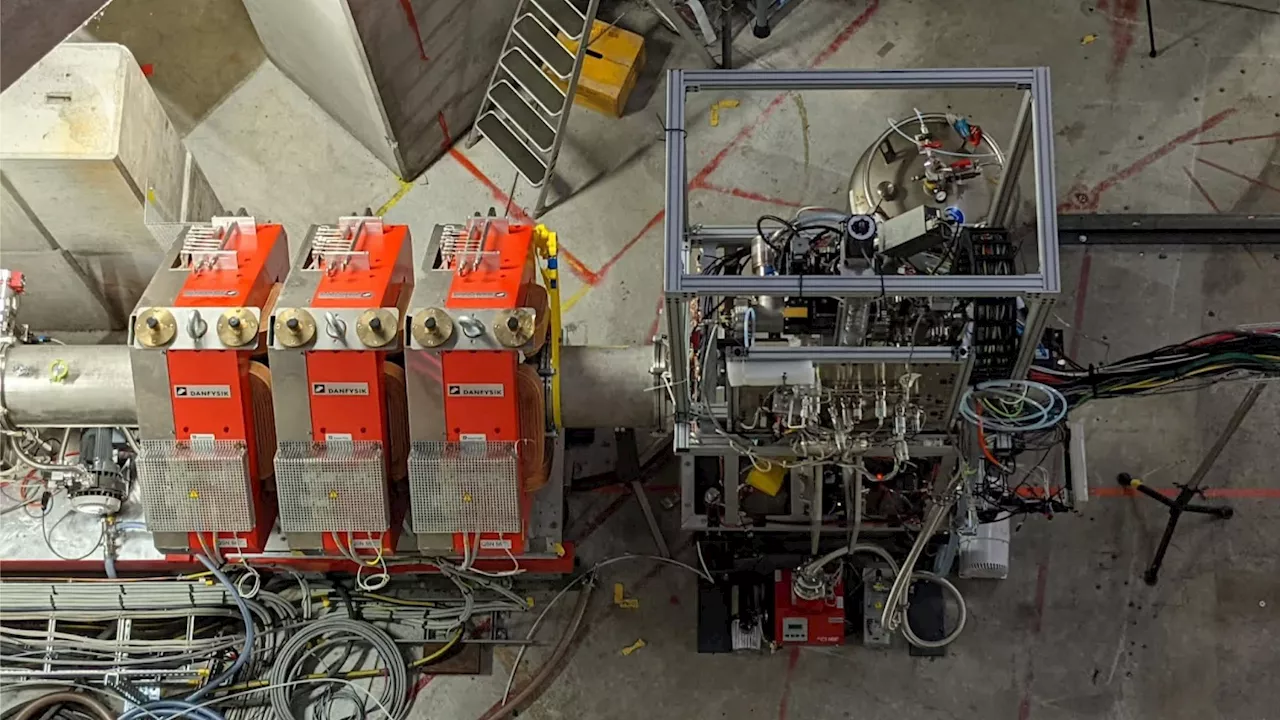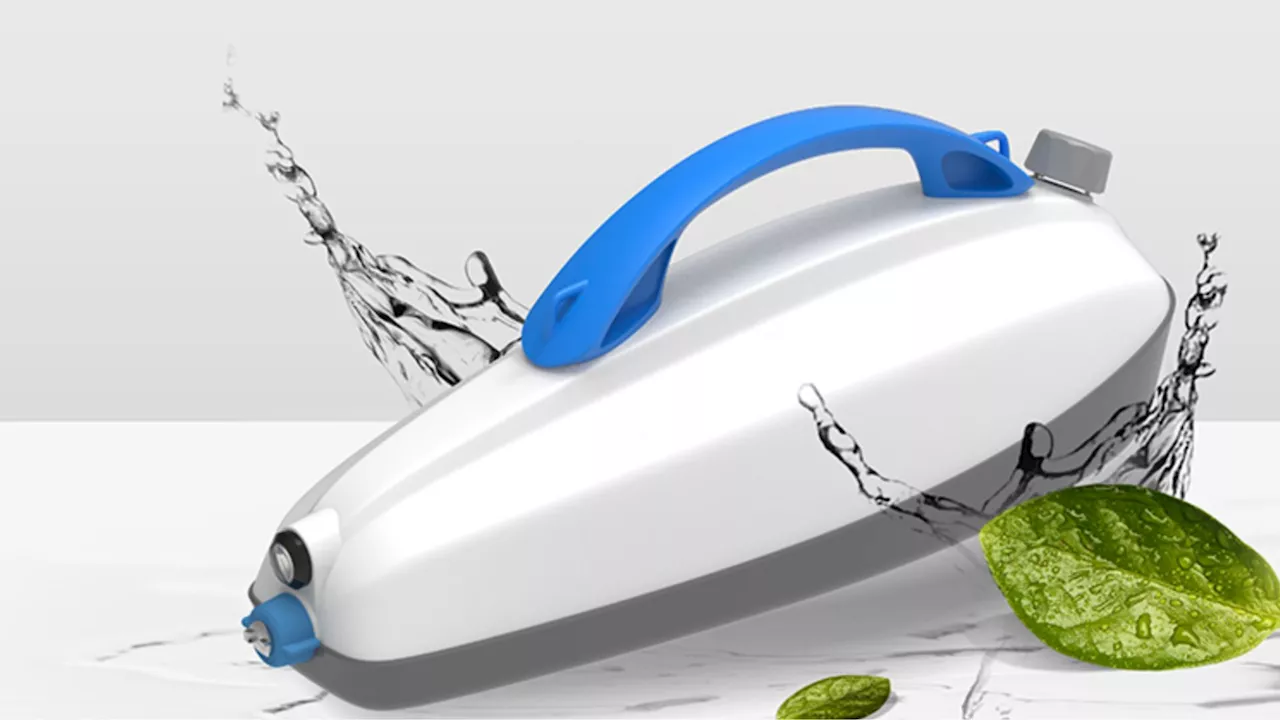Scientists have performed computer simulations confirming a technique that prevents the production of unhelpful electromagnetic waves, boosting the heat put into fusion plasma.
Heating plasma to the ultra-high temperatures needed for fusion reactions requires more than turning the dial on a thermostat. Scientists consider multiple methods, one of which involves injecting electromagnetic waves into the plasma, the same process that heats food in microwave ovens. But when they produce one type of heating wave, they can sometimes simultaneously create another type of wave that does not heat the plasma, in effect wasting energy.
The team, which included researchers from General Atomics who use the DIII-D tokamak fusion facility, determined that positioning a metal grate known as a Faraday screen at a slight five-degree slant with respect to the antenna producing the heating waves, also known as helicon waves, stops the production of the slow modes.
In the future, the scientists plan to increase their understanding of how to prevent slow modes by running computer simulations that consider more of the plasma's properties and factor in more information about the antenna.
Nuclear Energy Thermodynamics Solar Energy Computer Modeling Computer Science Hacking Computers And Internet
United States Latest News, United States Headlines
Similar News:You can also read news stories similar to this one that we have collected from other news sources.
 US scientists boost nuclear fusion plasma heating efficiency with metal screensPrinceton Plasma Physics Laboratory study suggests that a Faraday screen can help achieve the extreme temperatures needed for nuclear fusion.
US scientists boost nuclear fusion plasma heating efficiency with metal screensPrinceton Plasma Physics Laboratory study suggests that a Faraday screen can help achieve the extreme temperatures needed for nuclear fusion.
Read more »
 Swedish firm aims for 100x plasma confinement boost in new fusion reactorThe TauEB project by Novatron Fusion Group aims to revolutionize plasma confinement and energy containment in fusion reactors.
Swedish firm aims for 100x plasma confinement boost in new fusion reactorThe TauEB project by Novatron Fusion Group aims to revolutionize plasma confinement and energy containment in fusion reactors.
Read more »
 Milestone 10-GeV experiment shines light on laser-plasma interactionsWith dual lasers, researchers have accelerated a high-quality beam of electrons to 10 billion electronvolts in just 30 centimeters. The experiment gives scientists a 'frame-by-frame' look at how a petawatt laser interacts with a long plasma channel, knowledge that's crucial for building future compact particle accelerators.
Milestone 10-GeV experiment shines light on laser-plasma interactionsWith dual lasers, researchers have accelerated a high-quality beam of electrons to 10 billion electronvolts in just 30 centimeters. The experiment gives scientists a 'frame-by-frame' look at how a petawatt laser interacts with a long plasma channel, knowledge that's crucial for building future compact particle accelerators.
Read more »
 US fusion research optimizes stellarator performance to improve plasma confinementUS scientists made a breakthrough in optimizing stellarators for fusion energy, potentially paving the way for clean, abundant power.
US fusion research optimizes stellarator performance to improve plasma confinementUS scientists made a breakthrough in optimizing stellarators for fusion energy, potentially paving the way for clean, abundant power.
Read more »
 US firm to accelerate plasma-free fusion at low temperatures with new fundingAcceleron Fusion raises $24M to advance muon-catalyzed fusion, a fusion energy approach that operates at significantly lower temperatures.
US firm to accelerate plasma-free fusion at low temperatures with new fundingAcceleron Fusion raises $24M to advance muon-catalyzed fusion, a fusion energy approach that operates at significantly lower temperatures.
Read more »
 New plasma tech turns water into virus-killing machine, zaps 99.8% of germs with easeA portable plasma sterilizer converts tap water into a disinfectant that kills 99.8% of airborne bacteria and viruses.
New plasma tech turns water into virus-killing machine, zaps 99.8% of germs with easeA portable plasma sterilizer converts tap water into a disinfectant that kills 99.8% of airborne bacteria and viruses.
Read more »
